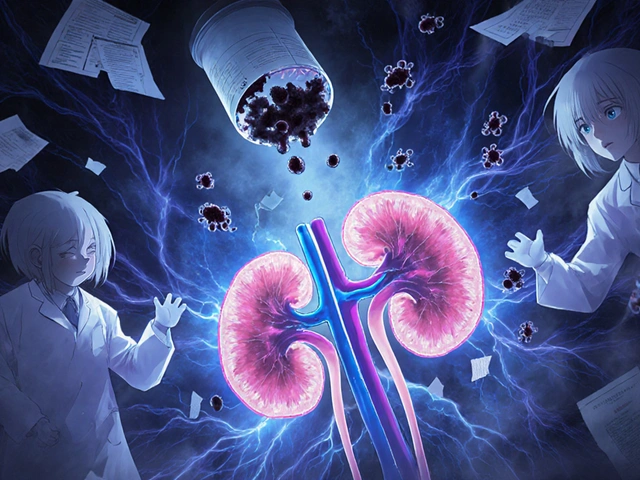Ever wonder why you feel dizzy after a night of heavy sweating or why a sudden cramp stops you mid‑run? The culprit is often an off‑balance in your electrolytes. These tiny minerals—sodium, potassium, calcium, magnesium and a few others—carry an electric charge that helps nerves fire, muscles contract, and fluids stay where they belong.
When the numbers line up, you’re alert, hydrated, and your heart beats steady. When they don’t, you might see fatigue, nausea, headaches, or even irregular heart rhythms. The good news? Keeping electrolytes in check isn’t rocket science. Small daily habits can prevent most problems.
Most people notice a problem only after symptoms appear. Here are the red flags that tell you something’s off:
If you spot any of these after intense exercise, a bout of diarrhea, or a long flight, it’s time to check your electrolyte intake.
You don’t need fancy supplements for most people. A balanced diet and smart hydration habits cover the basics.
1. Drink water with a pinch of salt. About ½ teaspoon of sea salt in a liter of water replaces sodium lost through sweat without making the drink taste weird.
2. Eat potassium‑rich foods. Bananas, oranges, potatoes, and spinach are cheap and easy. One medium banana gives you roughly 400 mg of potassium.
3. Add magnesium sources. Nuts, seeds, and whole grains are great. A handful of almonds adds around 80 mg of magnesium, enough to support muscle function.
4. Use calcium‑filled snacks. Yogurt or a slice of cheese can top off calcium needs, especially if you’re low‑impact on weight‑bearing exercise.
5. Consider oral rehydration solutions. If you’ve been vomiting, have a stomach bug, or ran a marathon, a store‑bought ORS (or a homemade mix of water, sugar, and salt) restores balance faster than plain water.
Remember, balance means “not too much, not too little.” Over‑loading on any mineral can be just as harmful as a deficiency. For most adults, the recommended daily amounts are 2,300 mg sodium, 4,700 mg potassium, 1,000 mg calcium, and 400 mg magnesium.
Pay attention to your body’s signals, tweak your diet when you notice symptoms, and you’ll keep your electrolytes humming along. Simple steps today save you from costly doctor visits tomorrow.
Learn how proper hydration prevents muscle aches and speeds recovery. Discover electrolyte importance, practical drinking schedules, and common hydration mistakes to avoid.
